Cottage House Plans with Basement: A Comprehensive Guide
Are you looking for a house plan that exudes warmth and coziness, while also providing ample space for your growing family? Look no further than cottage house plans with basement. These charming homes are perfect for those who want a traditional, rustic feel without sacrificing modern comforts. In this article, we’ll explore the design and plan of cottage house plans with basement, highlighting their unique features, benefits, and variations. Whether you’re a seasoned homeowner or a first-time buyer, this guide will provide you with valuable insights to help you find your dream home.
One of the primary advantages of cottage house plans with basement is their versatility. These homes can be adapted to suit a wide range of lifestyles, from busy families to retirees. With a basement, you can create additional living space, storage, or even a separate apartment. Plus, the cozy, intimate atmosphere of a cottage-style home is perfect for creating lasting memories with loved ones. So, if you’re ready to discover the charm of cottage house plans with basement, let’s dive in and explore the possibilities!
1. Characteristics of Cottage House Plans with Basement
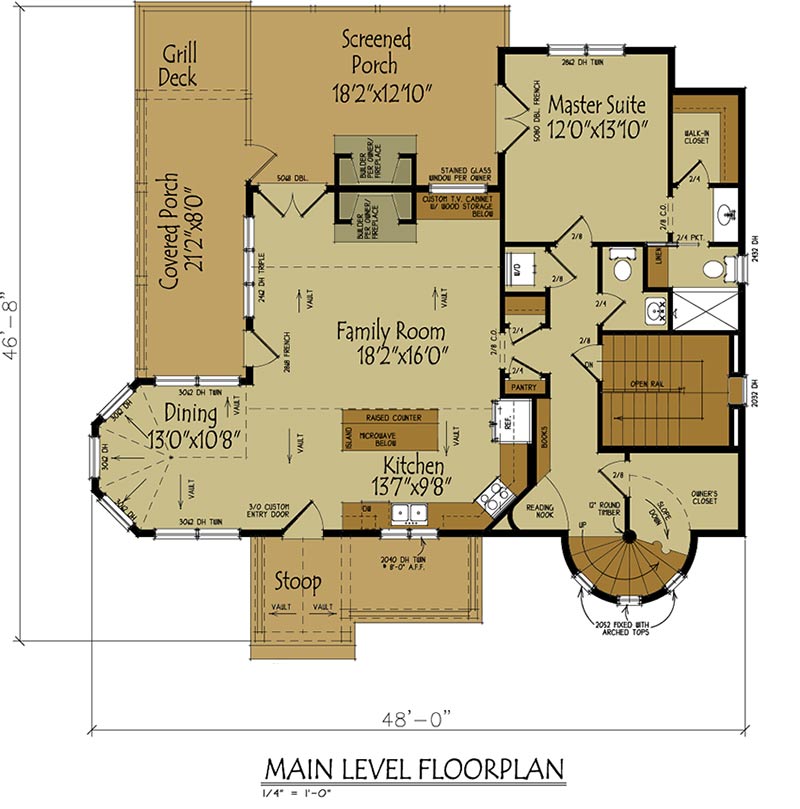
Cottage house plans with basement are defined by their cozy, traditional architecture. These homes typically feature a compact, rectangular shape with a sloping roof, dormer windows, and a small porch or veranda. The basement, which can be partially or fully finished, provides additional living space and can be used for a variety of purposes, such as a home office, gym, or playroom. In terms of design, cottage house plans with basement often incorporate elements like exposed beams, brick or stone exteriors, and multi-pane windows.
One of the key characteristics of cottage house plans with basement is their emphasis on simplicity and functionality. These homes are designed to be warm and inviting, with a focus on creating a sense of comfort and relaxation. The interior layout is often open and airy, with a blend of traditional and modern elements. For example, a cozy living room with a fireplace might be paired with a sleek, modern kitchen. This blending of styles creates a unique and appealing aesthetic that’s perfect for families, retirees, or anyone looking for a welcoming home.
2. Advantages of Cottage House Plans with Basement
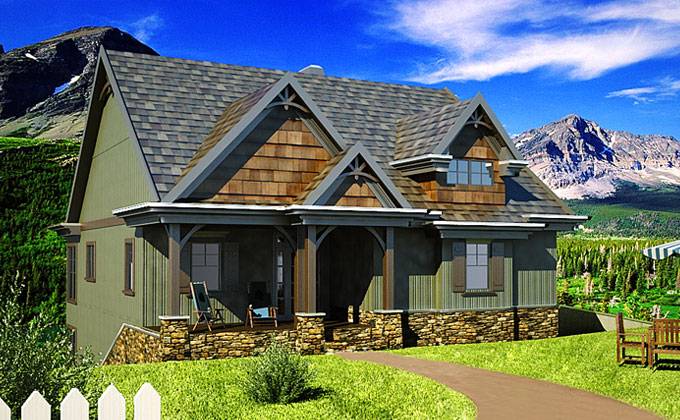
There are many advantages to owning a cottage house plan with basement. For one, these homes are often more affordable than larger, more elaborate homes. The compact design and traditional architecture also make them easier to maintain and repair. Additionally, the basement provides additional living space, which can be used for a variety of purposes, from storage to entertainment. In terms of resale value, cottage house plans with basement tend to hold their value well, making them a smart investment for homeowners.
Another advantage of cottage house plans with basement is their adaptability to different lifestyles. For example, a young family might use the basement as a playroom or home office, while retirees might use it as a hobby space or guest suite. The cozy, intimate atmosphere of a cottage-style home is also perfect for creating lasting memories with loved ones. Whether you’re looking for a peaceful retreat or a bustling family home, a cottage house plan with basement can be tailored to suit your needs.
3. Designing Your Dream Cottage House Plan with Basement
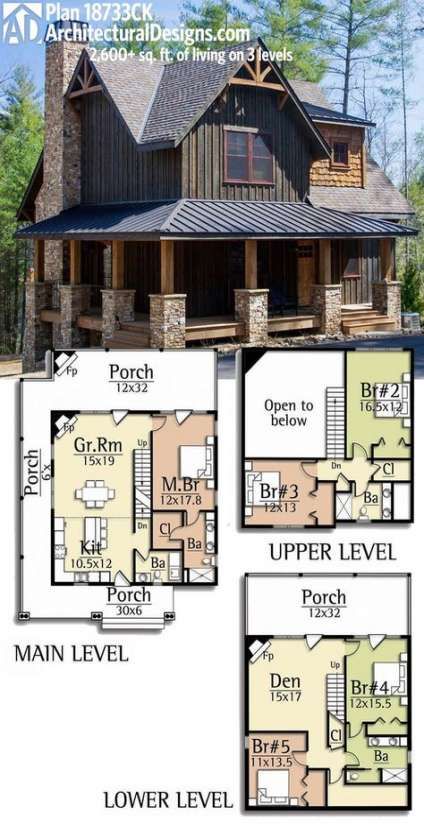
When designing your dream cottage house plan with basement, there are several factors to consider. First, think about the size and layout of your home. How many bedrooms and bathrooms do you need? Do you want a separate living room or family room? Consider the flow of your home and how you’ll use each room. You should also think about the exterior design and how it will fit in with your surroundings.
Another key consideration is the design of your basement. Will you use it as a separate apartment or as additional living space? Do you want a home theater or playroom? Think about the lighting, insulation, and ventilation in your basement, as these can greatly impact the overall comfort and usability of the space. Finally, consider the budget and timeline for your project, taking into account factors like materials, labor, and permits.
4. Modern Twists on Traditional Cottage House Plans with Basement
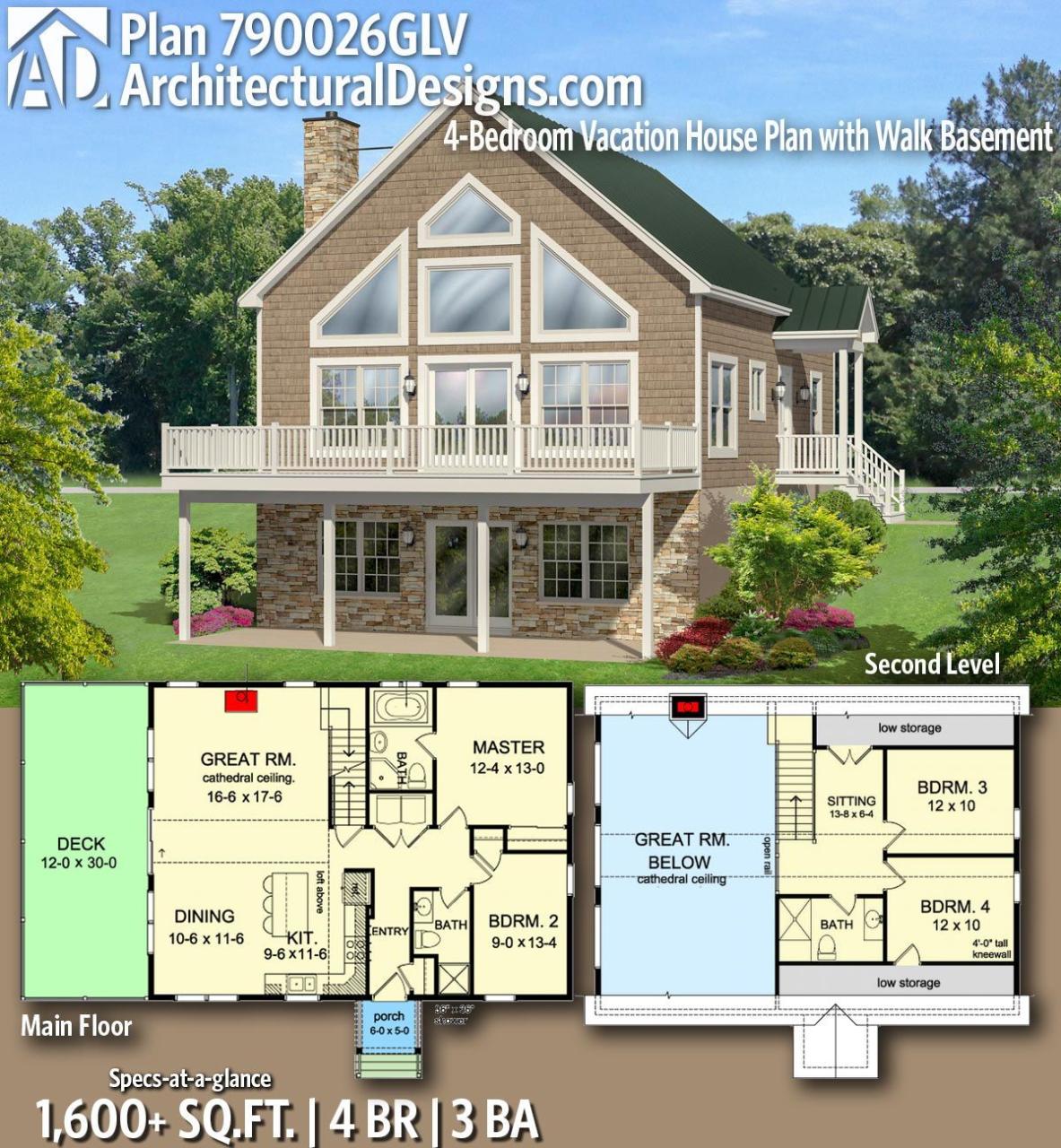
While traditional cottage house plans with basement are charming and timeless, many modern homeowners are looking for ways to update this classic design. One way to do this is by incorporating sustainable and eco-friendly materials and features, such as solar panels, rain barrels, and reclaimed wood. You can also add modern touches like a sleek, industrial-style kitchen or a minimalist, open-concept living area.
Another way to modernize a traditional cottage house plan with basement is by incorporating cutting-edge technology. This might include smart home systems, high-speed internet, and energy-efficient appliances. You can also add modern conveniences like a home gym or spa, complete with a sauna, steam shower, and massage room. By blending traditional and modern elements, you can create a truly unique and functional home that reflects your personality and style.
5. Tips for Planning a Functional Basement
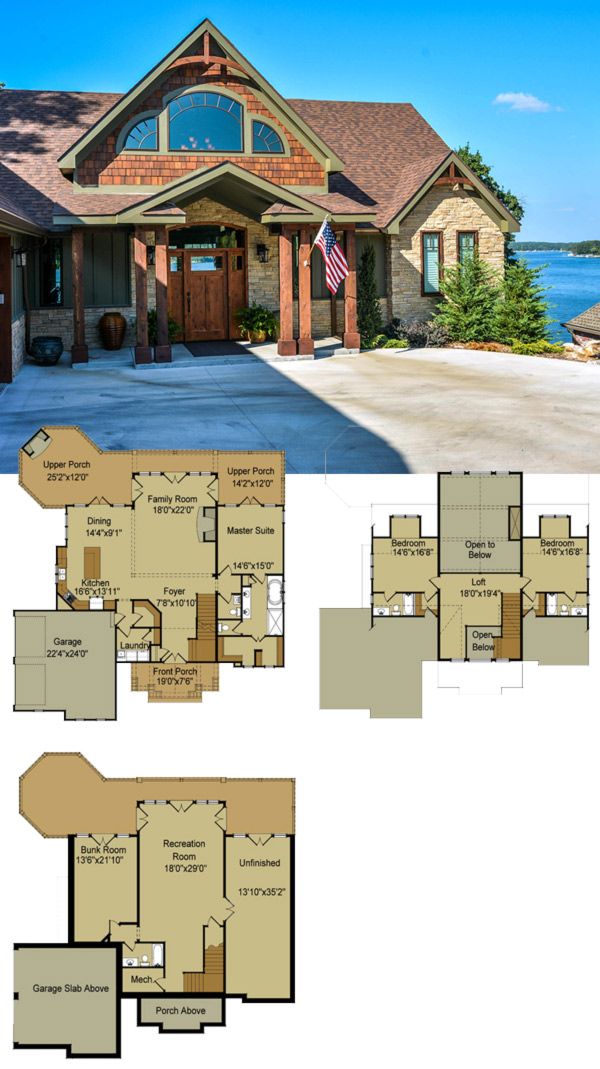
When planning a functional basement, there are several tips to keep in mind. First, think about the lighting in your basement. Natural light is ideal, but if this isn’t possible, consider installing high-quality LED lighting. You should also prioritize insulation and ventilation, as these can greatly impact the overall comfort and usability of the space.
Another tip for planning a functional basement is to consider the flow of the space. Think about how you’ll use each area and how you’ll move between rooms. You should also prioritize storage and organization, using solutions like shelving, cabinets, and closets to keep clutter at bay. Finally, consider the moisture levels in your basement and take steps to prevent mold and mildew.
6. Incorporating Universal Design Elements
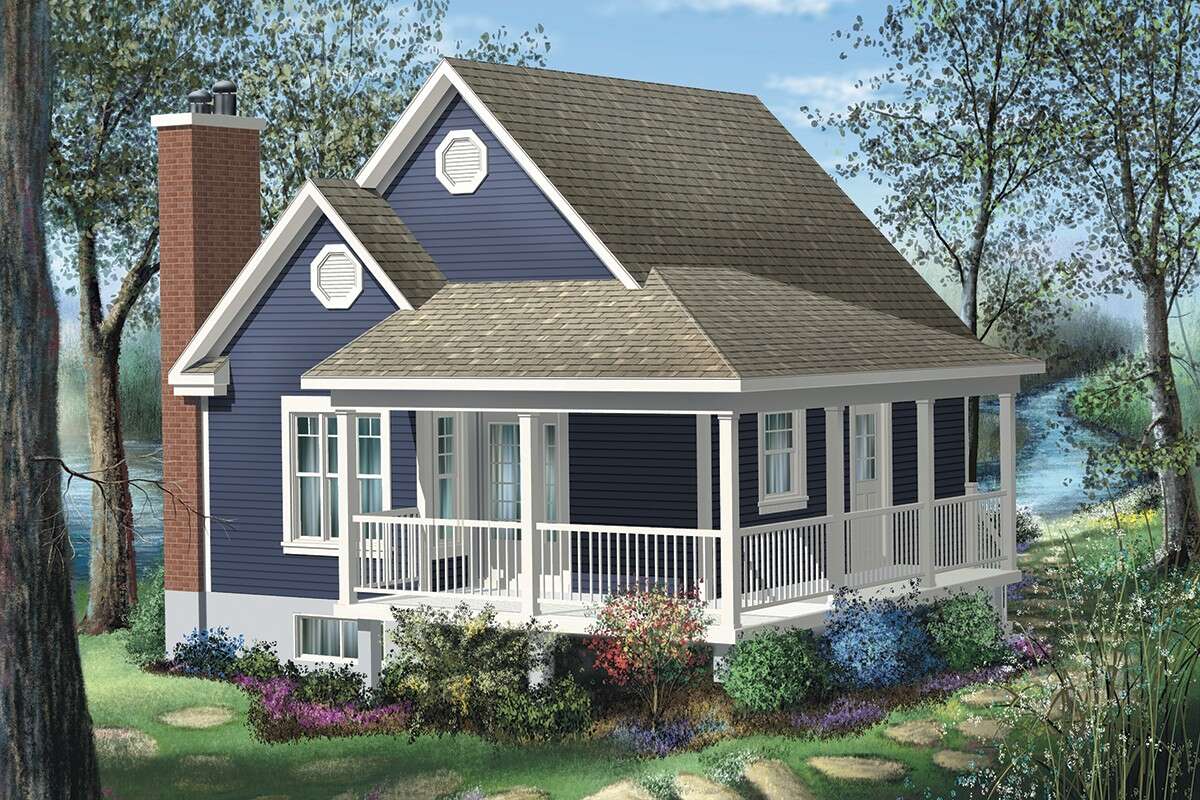
Universal design elements are features that make a home accessible and usable for people of all ages and abilities. When designing a cottage house plan with basement, there are several universal design elements to consider. For example, wide doorways and hallways can make it easier to navigate a home, while slip-resistant flooring and grab bars can improve safety.
Other universal design elements to consider include lever-style door handles, adjustable countertops, and roll-in showers. You can also incorporate smart home technology, which can make it easier to control lighting, temperature, and security systems. By incorporating universal design elements, you can create a home that’s functional, accessible, and comfortable for everyone.
7. Cottage House Plans with Basement for Small Families
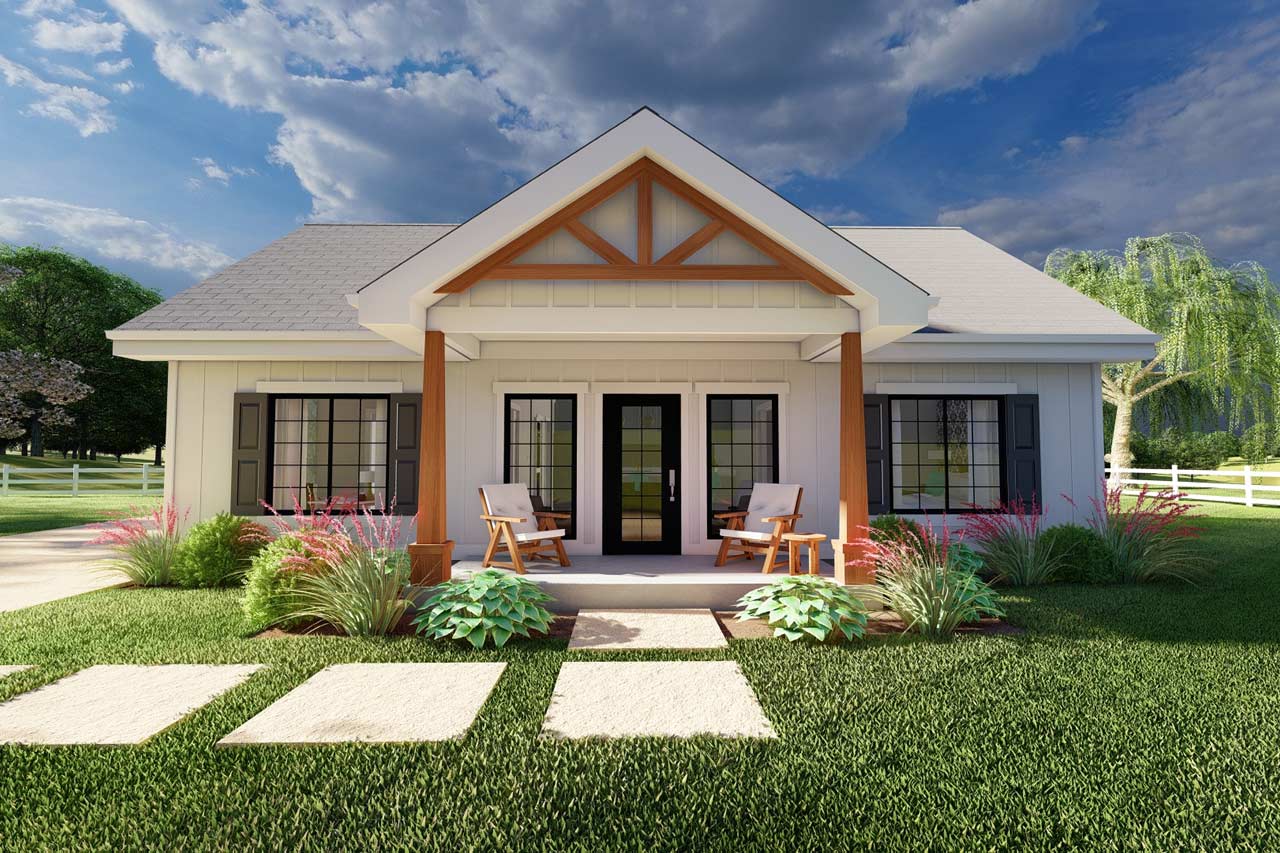
For small families, cottage house plans with basement are a great option. These homes are often cozy and intimate, with a focus on creating a sense of comfort and warmth. The compact design also makes them easier to maintain and repair. Additionally, the basement provides additional living space, which can be used for a variety of purposes, from storage to entertainment.
When designing a cottage house plan with basement for a small family, consider the needs of each family member. For example, a young child might need a playroom or home office, while a teenager might want a private bedroom or study area. The basement can also be used as a guest room or in-law suite. By prioritizing functionality and flexibility, you can create a home that meets the needs of your growing family.
8. Expanding Your Cottage House Plan with Basement
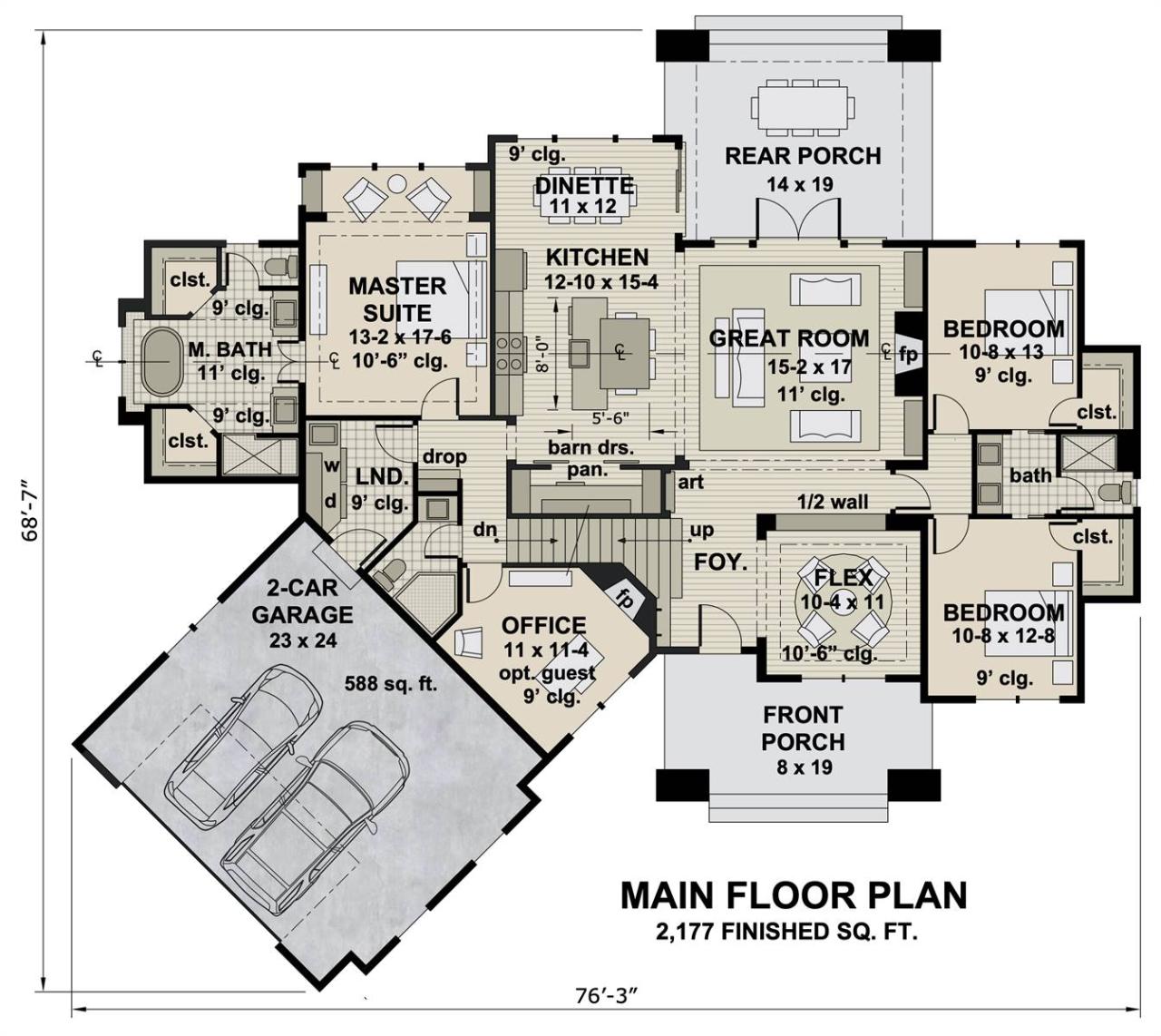
If you’re looking to expand your cottage house plan with basement, there are several options to consider. For example, you might add a second story or a separate wing, which can provide additional living space and improve the overall functionality of your home. You can also add a detached garage or outbuilding, which can provide additional storage and workspace.
Another way to expand your cottage house plan with basement is by finishing the basement or attic. This can provide additional living space, which can be used for a variety of purposes, from storage to entertainment. You can also add outdoor living spaces, such as a deck or patio, which can expand your home’s living areas and improve the overall flow of the space.
9. Energy Efficiency in Cottage House Plans with Basement
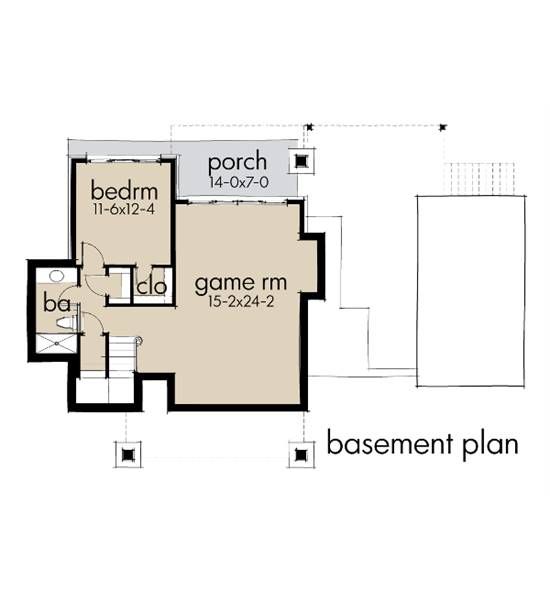
Energy efficiency is an important consideration for many homeowners, and cottage house plans with basement are no exception. There are several ways to improve the energy efficiency of your home, including adding insulation, upgrading your windows, and installing energy-efficient appliances. You can also incorporate sustainable and eco-friendly materials and features, such as solar panels and rain barrels.
Another way to improve the energy efficiency of your cottage house plan with basement is by optimizing the design of your home. For example, you can orient your windows to maximize natural light and heat, and use passive solar design principles to warm and cool your home. By prioritizing energy efficiency, you can reduce your energy costs and create a more sustainable, eco-friendly home.

10. Final Considerations for Cottage House Plans with Basement
When it comes to choosing a cottage house plan with basement, there are several final considerations to keep in mind. First, think about the budget and timeline for your project, taking into account factors like materials, labor, and permits. You should also consider the local building codes and zoning regulations, as these can impact the design and construction of your home.
Another final consideration is the resale value of your home. Cottage house plans with basement tend to hold their value well, but it’s still important to consider the long-term investment potential of your home. By prioritizing design, functionality, and energy efficiency, you can create a home that’s not only beautiful and comfortable but also sustainable and valuable. With careful planning and consideration, you can find your dream cottage house plan with basement and enjoy years of happy homeownership.
In conclusion, cottage house plans with basement are a charming and functional option for homeowners who value coziness, comfort, and practicality. By incorporating universal design elements, optimizing for energy efficiency, and prioritizing functionality and flexibility, you can create a home that’s perfect for your needs and budget. Whether you’re a small family, retiree, or busy professional, cottage house plans with basement are a great choice for anyone looking for a warm and welcoming home.
